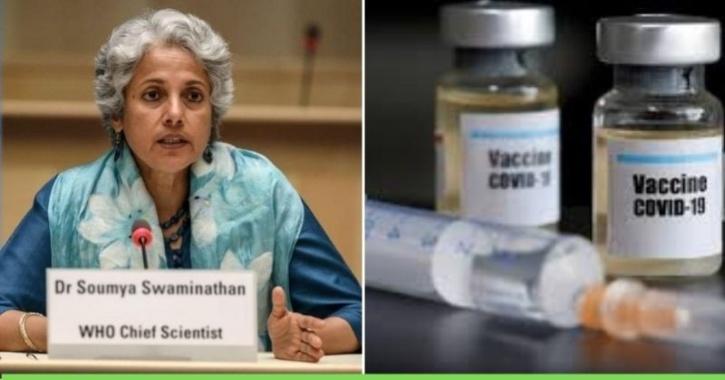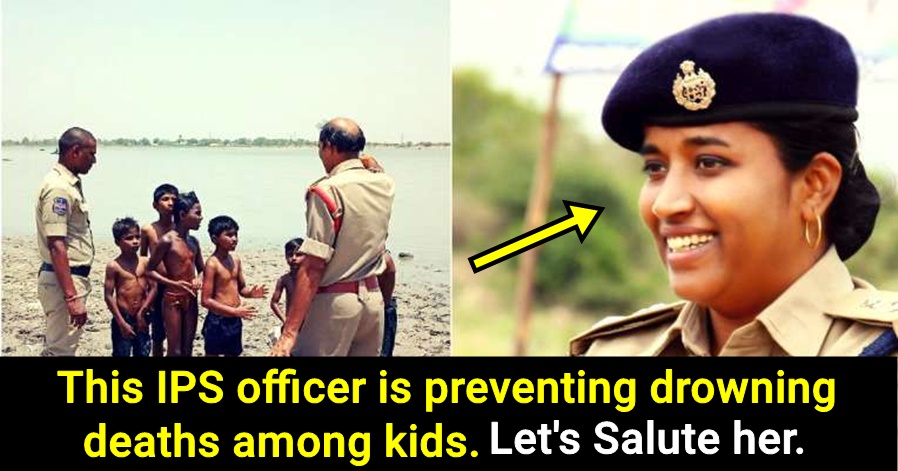No products in the cart.
Wait for COVID Vaccine Till 2022: WHO’s Chief Scientist makes a big statement
Though the number of coronavirus cases are increasing day by day, people are giving absolutely everything to fight the virus. It is good to see lakhs of people getting discharged from hospitals after recovering from the pandemic.
Meanwhile, WHO’s chief scientist Soumya Swaminathan gave an update about the coronavirus vaccine. According to the World Health Organization’s chief scientist, healthy and young people may have to wait until the year 2022 to be vaccinated against coronavirus.

She also further added that health workers and those who are at highest risks will be given priority in the first place.
Soumya Swaminathan indicated that, despite the many vaccine trials being undertaken, speedy, mass shots were unlikely, and organising who would be given access first in the event of a safe vaccine being discovered was still being worked on.
“Most people agree that it’s starting with healthcare workers and frontline workers, but even then you need to define which of them are at highest risk and then the elderly and so on,” Swaminathan said.
“There will be a lot of guidance coming out, but I think an average person, a healthy young person might have to wait until 2022 to get a COVID-19 vaccine.”
She also gave a positive update about the future that the world will have at least one safe and effective vaccine by the year 2021. However, it will be available in limited quantities.
“People tend to think that on the first of January or the first of April, I’m going to get the vaccine, and then things will be back to normal. It’s not going to work like that,” Swaminathan said.
It has been learnt that more than 10 coronavirus vaccines globally are in late-stage clinical trials. Swaminathan said that several vaccines are cleared for distribution.
Not a long ago, two vaccine candidates, from Johnson & Johnson and AstraZeneca’s US trial, had been paused on safety concerns.
Last but not least, Swaminathan said: “Mortality increases always lag behind increasing cases by a couple of weeks,” she said. “We shouldn’t be complacent that death rates are coming down.”








